
Climate change in many forms affects nahasdzáán
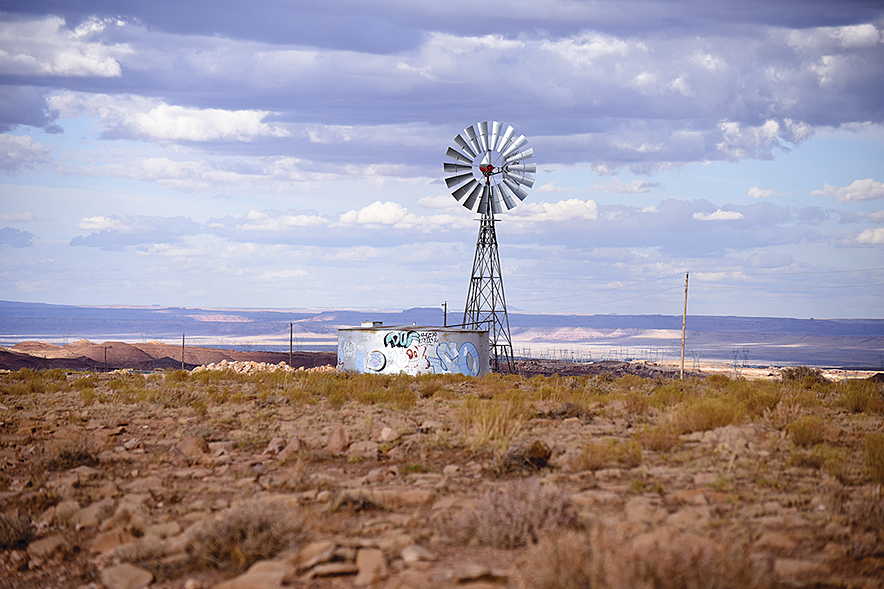
Navajo Times | Krista Allen
A windmill with graffiti sits idle near Gray Mountain, Ariz., on a Friday evening. The windmill is set amid abandoned uranium mines along the Little Colorado River.
WINDOW ROCK – As Diné, it is known that we live off the land with its natural resources and its entirety. This is what we call nahasdzáán, taking on a role to nurture life and help develop it.
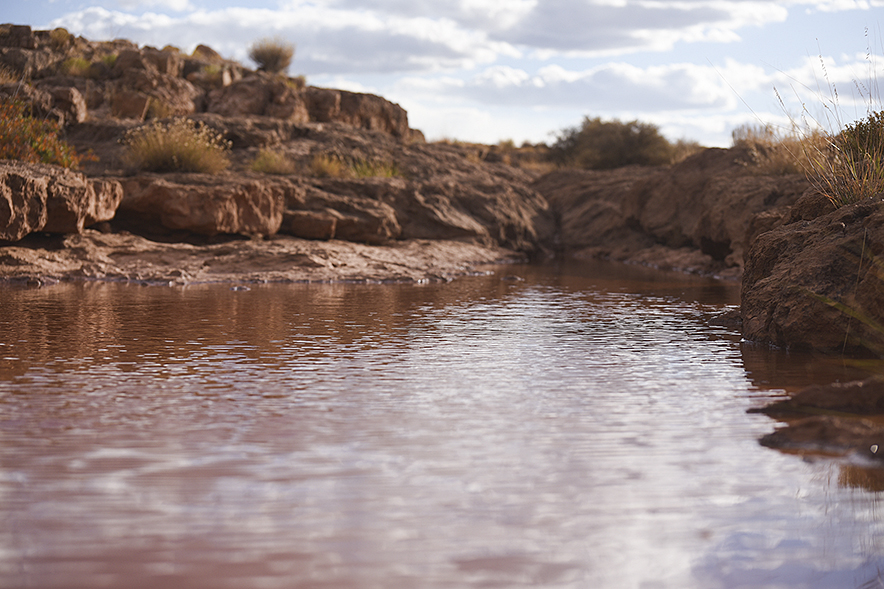
Navajo Times | Krista Allen
A small pool of water is in a dry tributary of the Little Colorado River on a Friday evening near Gray Mountain, Ariz.
Because of many factors affecting the earth today, drought threatens nahasdzáán. Drought may be the Nation’s biggest issue concerning climate change.
“We have longer summers and shorter winters,” said Keith Howard, a wildlife technician for the Navajo Nation Department of Fish and Wildlife’s Climate Change Program. “We’ll be lucky to get snowfall at least once out of the year.”
Howard said in the Nation’s southwest region, we have an arid, dry climate.
The program Howard oversees studies many factors on how the Nation deals with drought, including feral animals, air quality, pollution, illegal dumping, and grazing management.
Cause and effect
According to Howard, who is currently the only technician in the program, the drought factor is at an expenditure rate because no precipitation hinders vegetation growth.
With compounding factors such as overgrazing, Howard said this causes devastation to the environment. The main disruption, though, is the carbon footprint rendered by daily human activities.
These human activities are responsible for an increase in greenhouse gases, predominantly carbon dioxide, partly produced by burning fossil fuels for heat and transportation.
“A lot of manufactured items we use every day,” said Howard, “vehicles that we drive, manufacturing companies, power plants to produce electricity and energy.”
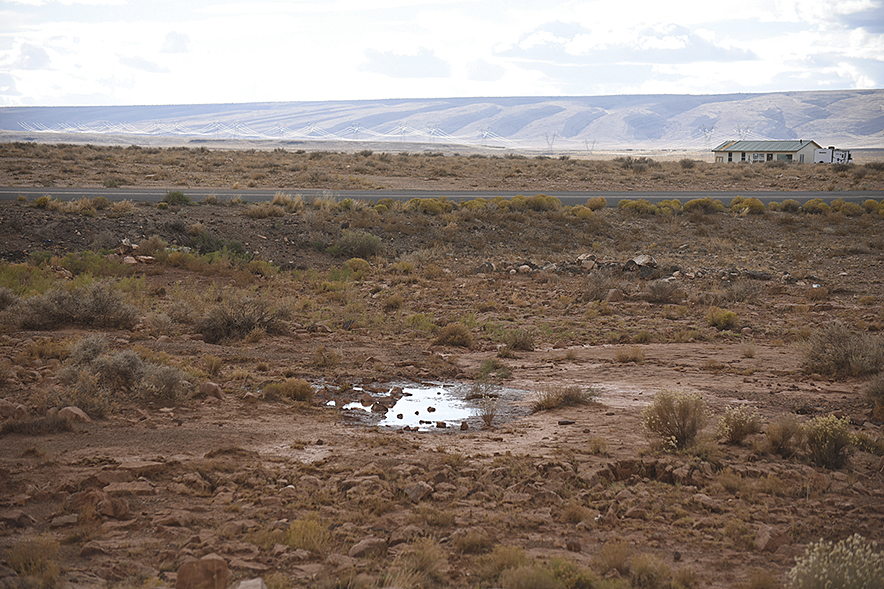
Navajo Times | Krista Allen
A puddle of water is seen near an empty roadway on a Friday evening in Gray Mountain, Ariz., amid severe drought conditions.
“Mostly carbon (dioxide) that is being released up into the atmosphere,” Howard said. “When that occurs, temperatures change, and a lot of that heat becomes trapped on the earth’s surface and doesn’t (reflect) back to the earth’s atmosphere because the gases are so thick.”
The combination of unhealthy levels of greenhouse gases and high temperatures inhibits vegetation growth. The absence of vegetation, in turn, means no root systems hold the soil together. That’s a dangerous set of circumstances when rain does fall.
“A lot (of water) runs off into the arroyo, along the road,” said Howard. “Another contributing factor to climate change because of extreme weather conditions.”
However, every so often, microbursts occur, which is sinking air (downdraft) within a thunderstorm that can cause damage to the surface and be life-threatening, according to the National Weather Service.
These microbursts, Howard explained, can be rainfall, snowfall, high winds, and – nowadays with more frequency in the Nation – a tornado.
In a nutshell, Howard explained that the planet is facing phases of climate change and drought, which causes the North and South Pole’s ice caps to melt.
When these ice caps melt and cold, freshwater streams into the ocean, and the currents drive the weather pattern worldwide.
Read the full story in the Nov. 9 edition of the Navajo Times.


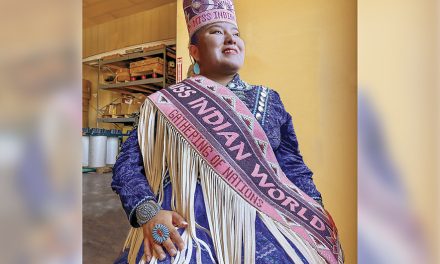
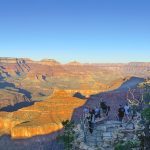
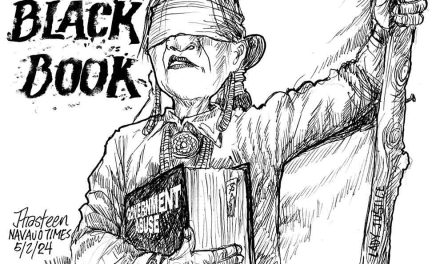



 Highway 264,
Highway 264, I-40, WB @ Winslow
I-40, WB @ Winslow